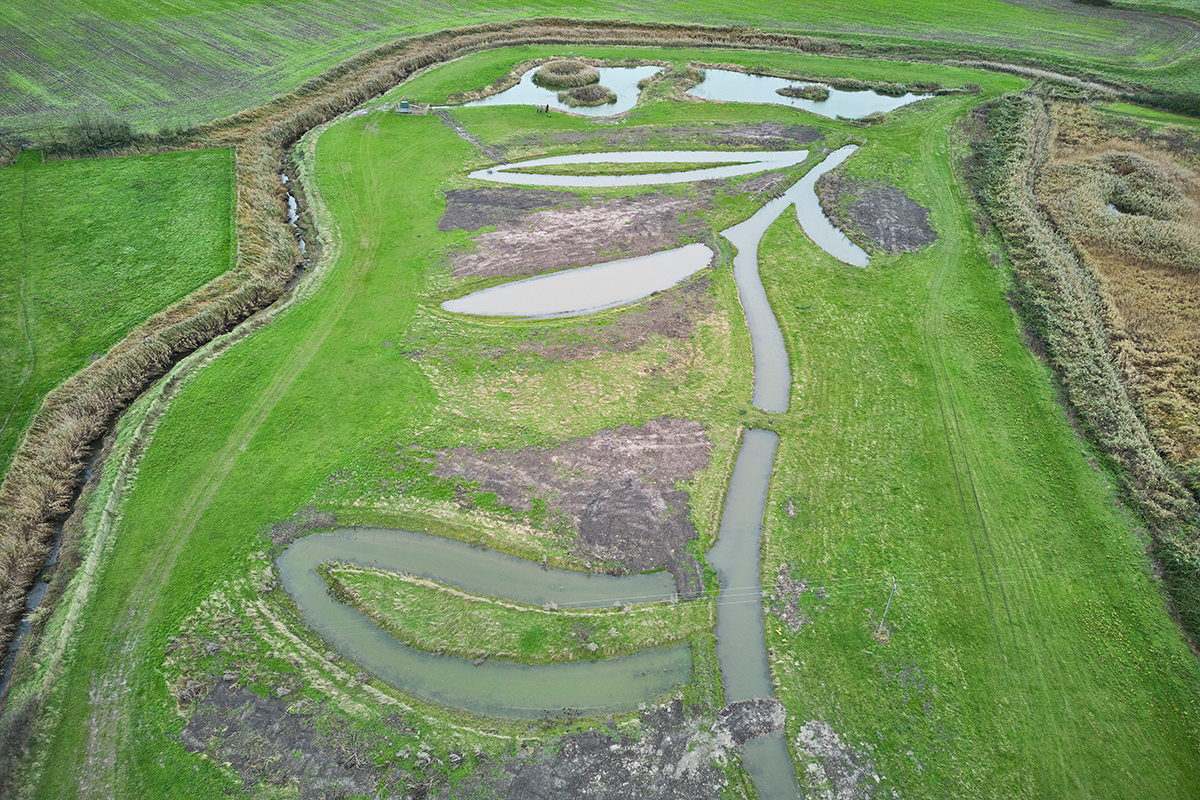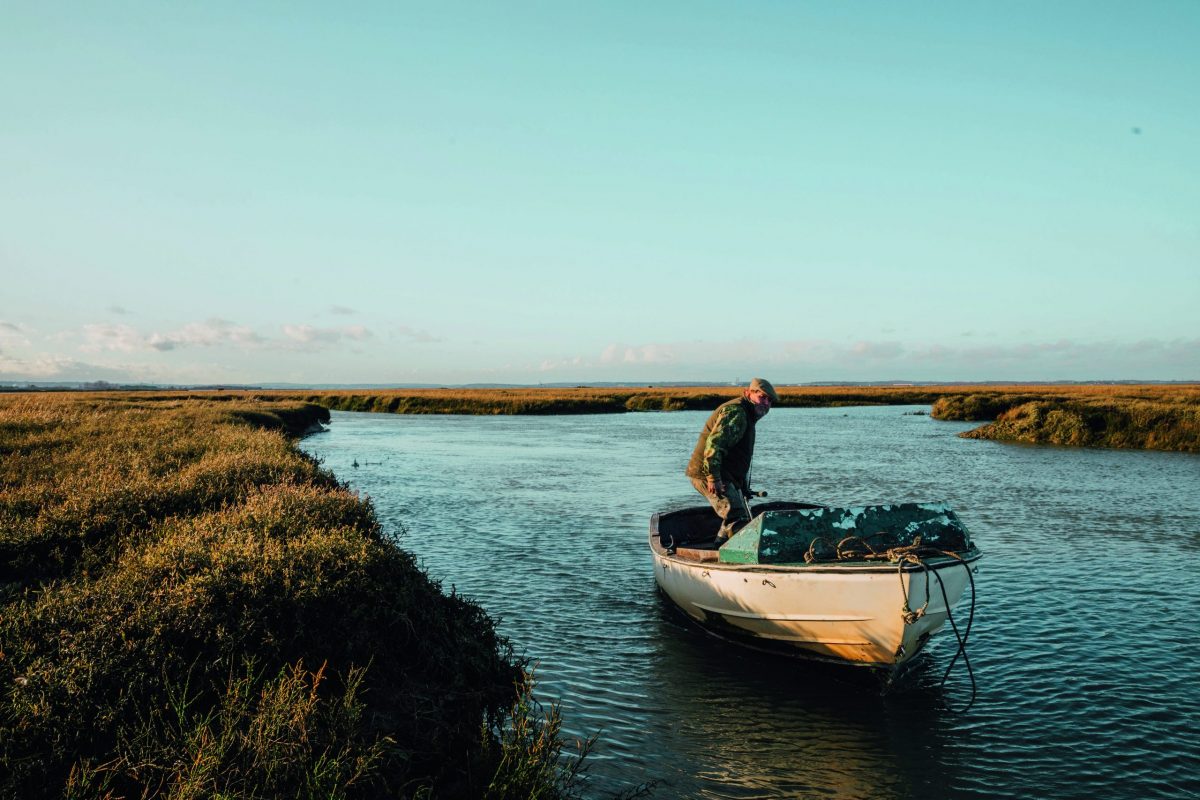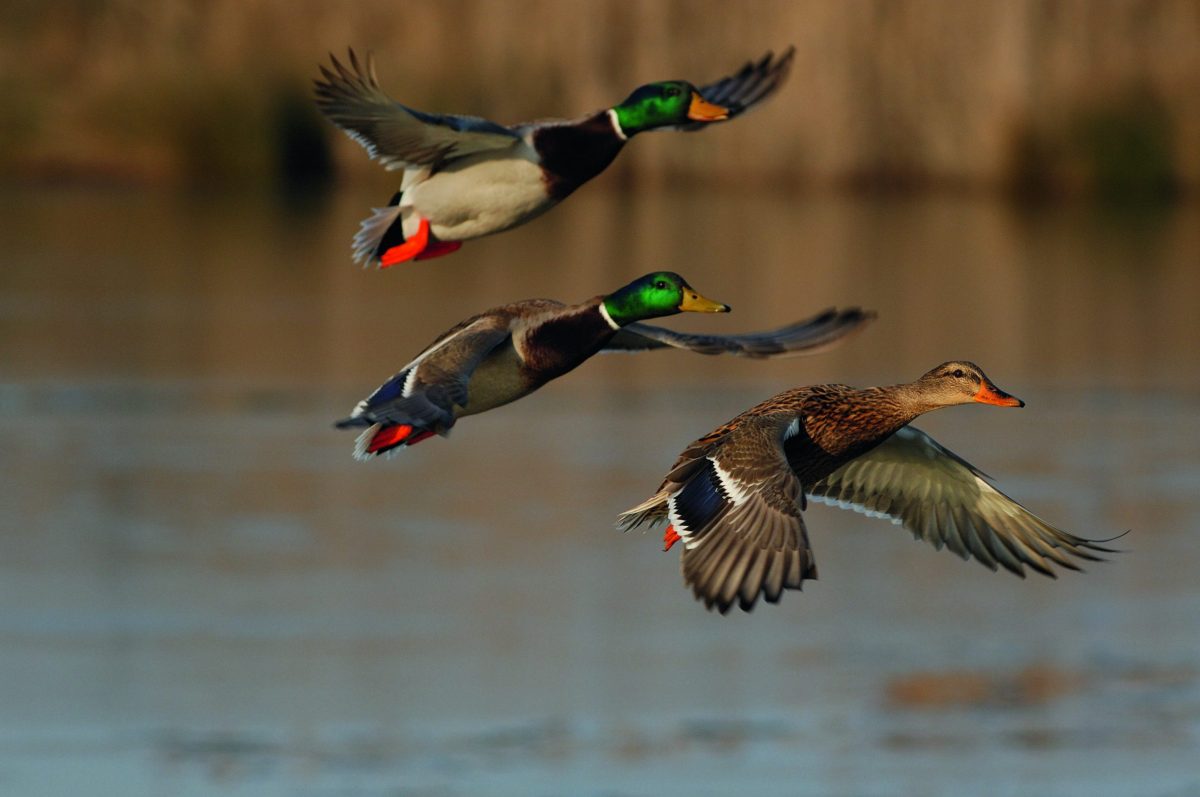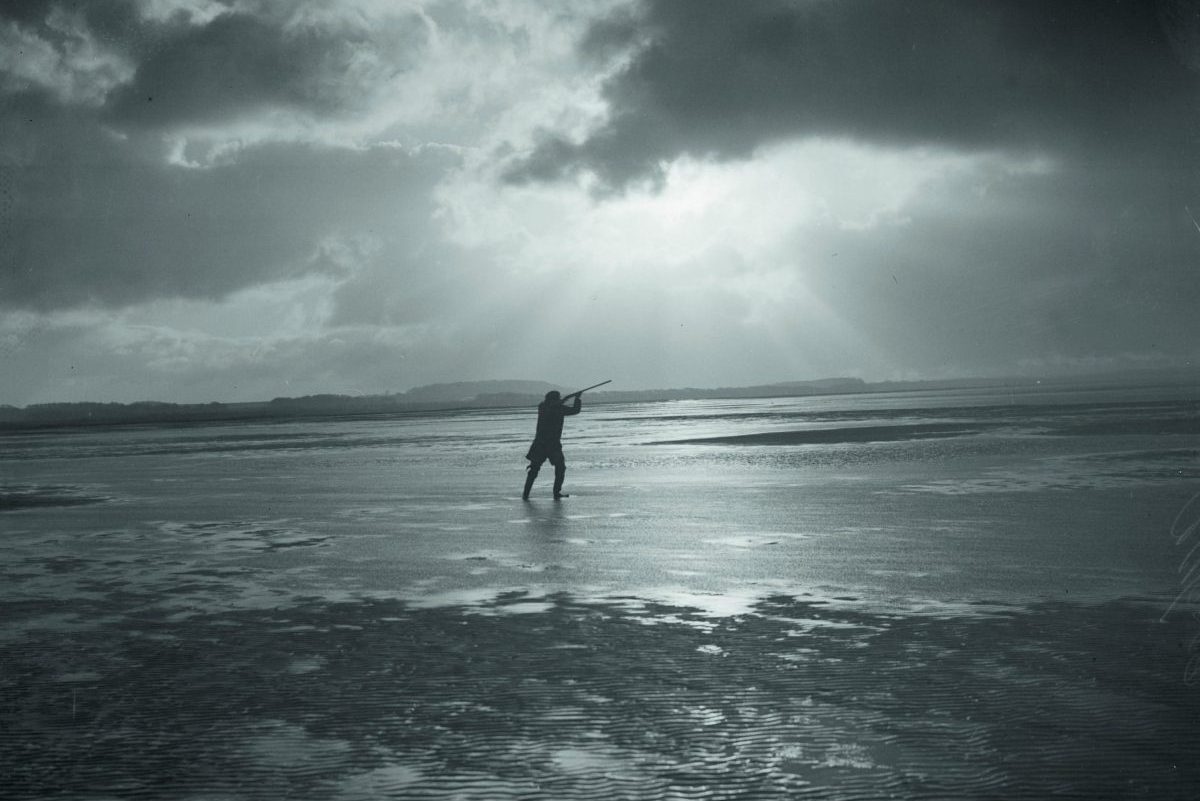The vital role wildfowling clubs play in local conservation
Wildfowling clubs play a vital role in local conservation and helping to safeguard the future of the sport, as Jack Bell discovers

An aerial photo shows the GWCA’s conservation work at Poulton Court
Wildfowling isn’t an overly efficient means of putting meat on the table, with many variables making the pastime unpredictable. The pursuit of any wild game has its complexities, but it takes a special type of person to persist through endless blank days in the hope that one day their efforts will be rewarded. Each wildfowler has a different reason for traipsing on to the marshes before first light or as the evening sun begins to set. However, a commonality among wildfowlers is a keen interest in the natural world.
In its most simple form, wildfowling is intercepting a wild quarry species within its own environment. In my opinion, it is more akin to fishing than any other shooting sport as you are, effectively, going in blind. You choose your position and sit and wait. There are no beaters or dogs to flush the birds and you cannot get up and actively seek out your target, you just have to be patient and hope your efforts will pay off. Patience is taught, but with patience comes understanding.
The most successful wildfowlers are those who have the greatest understanding of not only their selected quarry but also their wider surroundings. A wildfowler’s interest goes well beyond ducks and geese — they study the natural systems and cycles of the marshes, estuaries and the inland habitats of their quarry. I have a habit that, out of context, could be construed as odd: when I sit out on the marsh I try to name everything I see and hear. In the darkness prior to a morning flight, I list the calls of snipe, curlew, redshank… Then, when there is enough light, my binoculars spend more time in my hand than my gun.

A solar-powered pump redistributes water from a tidal creek into newly created ponds and scrapes
All naturalists
While not every wildfowler shares my verbal tic, I know I am not alone. Wildfowlers are inherently naturalists and have identification skills that could rival most professional ornithologists. They observe the movement of birds at key times when most people are still in their beds. They are the first to spot changes in bird populations, whether it be increased migrants or large broods in the off season and, similarly, they can monitor decreases in numbers, such as those caused by avian influenza. The pursuit of wildfowl in the UK is more about understanding the nature of your quarry than how to shoot it, so it is unsurprising that wildfowlers contribute such a lot to conservation, as do wildfowling clubs.
On a recent trip to the Severn Estuary to shoot with the Gloucestershire Wildfowling & Conservation Association (GWCA), I had the pleasure to meet Trevor Bailey, the association’s vice president, and Ian Whitehall, its chairman, to discuss the conservation work of the wildfowling club and future plans.
The Gloucestershire Wildfowlers Association was formed in 1956, its name expanded in 2019 to reflect the conservation projects that had been running alongside the club’s wildfowling activities since 2004. The GWCA owns and leases 17 marshes on both banks of the Upper Severn Estuary, totalling more than 30 miles of foreshore. In 2004, the club purchased 50 acres at Poulton Court, close to the village of Blakeney in the Forest of Dean. Twelve acres of this site, previously in agricultural use, were set aside for conservation. The Poulton Court Marsh has become the GWCA flagship conservation scheme and now includes three separate enhancement projects, undertaken over 20 years.

Trevor Bailey (left) and Ian Whitehall (right) explain the plan to Jack
Working with stakeholders
Initial conservation work for the wildfowling club focused on the creation of two ponds, with help from the Environment Agency. Since then the club has worked with multiple stakeholders, including Natural England, The Crown Estate, Wildfowl & Wetlands Trust, BASC and the RSPB. The most recent works have been funded by the Wildlife Habitat Trust (WHT).
The WHT was formed in 1986 as a subsidiary of BASC, with the aim of helping clubs secure land in perpetuity where good conservation work would go hand in glove with responsible shooting. To generate funds the WHT adopted the idea of ‘duck stamps’, which was already in use across North America where it raises millions of dollars for wildfowl conservation annually. The UK £5 stamps feature original artworks by some of the country’s most renowned wildlife artists.

Jack Bell takes a shot at a duck on the Upper Severn; the GWCA’s conservation project is clearly marked and will not be shot over
The first stamp, released in 1991, depicted pintail flying over the East Lighthouse at the outfall of the River Nene by Rodger McPhail. The WHT issues a £5 stamp annually, which has allowed it to provide 58 loans and 31 grants totalling more than £2m. These funds have allowed shooting clubs and associations to purchase land, totalling more than 4,200 acres, which is set aside for integrated sporting and conservation projects.
WHT funding has without doubt significantly improved the reputation of shooting and, more importantly, it allows individual shooting clubs to demonstrate their role as essential partners within the framework of localised conservation and land management. There is no ambiguity in an organisation’s conservation credentials when it is able to deliver habitat enhancement and creation projects on scale with the ability to record and present the results.
The WHT primarily supports projects that will benefit the UK’s migratory wildfowl and wader species. This includes the latest and final major instalment at the GWCA Poulton Court project. The Poulton scheme aims to switch the emphasis from commercial arable production to environmental gain and protection, with a particular focus on creating and retaining saltmarsh.

Nesting tubes have been added to help sustain the area’s viable mallard population
The GWCA has used the grant to install a permanent solar-powered pump, which takes water from a tidal creek and redistributes it into a series of newly created ponds and shallow scrapes. Specialist machinery was hired from the RSPB to construct these features, with each scrape connected to allow water flow throughout. The depth in each area is controlled by several inflow and outflow pipes, so individual zones can be tailored to the needs and requirements of a particular species.
Trevor explained that this section of Poulton Court will never be shot, a white marker post clearly delineating the shootable foreshore area from the conservation project. The project’s primary aim is to create suitable breeding habitat for wader species, including snipe, redshank, greenshank and lapwing. The club has also installed a number of nest tubes on the ponds, providing safe breeding habitat for mallard to help sustain the area’s viable population.
While it may seem odd for a shooting organisation to pump money into a project that will not directly provide sporting opportunities, GWCA members can see the bigger picture — they are keen to help maintain, restore and improve the natural environment.

Conservation ponds and scrapes were created using specialist equipment hired from the RSPB
The Poulton Court project is a refuge, and it is hoped it will create a wide variety of opportunities for a number of species. To help chart the project’s success, the club has commissioned an environmental specialist to carry out monthly ecological audits to monitor population growth and species usage of the area. The results will show that a project funded and managed by the wildfowling community benefits the local environment.
Both Ian and Trevor are keen to see the results of the Poulton Court project. There are no further plans for habitat creation on the site, as the three projects need time to settle and produce results. Work will now focus on ongoing site management and pest control at key periods. Meanwhile, the GWCA has plans for a large-scale habitat enhancement and creation project on another area of club land within the Upper Severn Estuary.
There is a very real possibility that the work of the GWCA will provide a wide-scale, linked conservation network throughout the Upper Severn Estuary. With land use so often focused on productivity, the efforts of an organisation that has facilitating shooting as its primary function but is a key stakeholder in local conservation should be recognised. The GWCA is not alone — wildfowling clubs across the country are providing a service to wildlife, although this work often goes under the radar.
Although a percentage of the wider public may not agree with shooting, it becomes hard to argue against a shooting organisation when it has quantifiable and verified environmental credentials. The work of wildfowling clubs is not just benefiting wildlife but also shooting sports as a whole, and I’m sure there are many lessons that can be learnt from the sterling work here.
More on wildfowling
- Flightlines and other tactics – how to shoot ducks without using decoys
- Duck flighting using hides on managed land
- Wildfowling for beginners
- Should you invest in a wildfowling guide?








